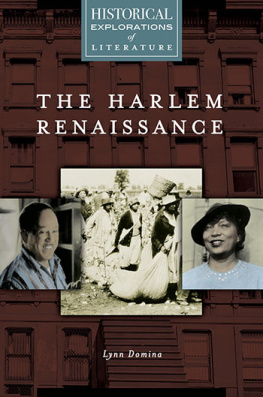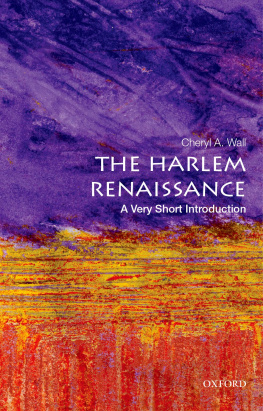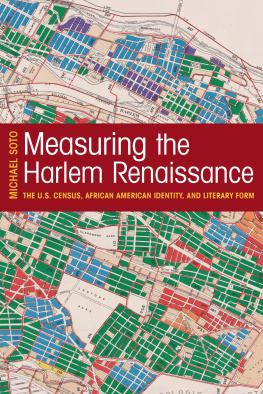Thank you for downloading this Touchstone eBook.
Join our mailing list and get updates on new releases, deals, bonus content and other great books from Touchstone and Simon & Schuster.
C LICK H ERE T O S IGN U P
or visit us online to sign up at
eBookNews.SimonandSchuster.com
We hope you enjoyed reading this Touchstone eBook.
Join our mailing list and get updates on new releases, deals, bonus content and other great books from Touchstone and Simon & Schuster.
C LICK H ERE T O S IGN U P
or visit us online to sign up at
eBookNews.SimonandSchuster.com

TOUCHSTONE
Rockefeller Center
1230 Avenue of the Americas
New York, NY 10020
www.SimonandSchuster.com
This is a work of fiction. Names, characters, places, and incidents either are the product of the authors imagination or are used fictitiously. Any resemblance to events or persons, living or dead, is entirely coincidental.
Copyright 1925 by Albert & Charles Boni, Inc. Introduction copyright 1992 by Simon & Schuster Inc.
All rights reserved, including the right of reproduction in whole or in part in any form.
First Touchstone Edition 1997
T OUCHSTONE and colophon are registered trademarks of Simon & Schuster Inc.
Locke, Alain LeRoy, 1886-1954.
The new Negro/Alain Locke; with an introduction by Arnold Rampersad.
p. cm.
Includes bibliographical references.
ISBN 0-684-83831-1
ISBN 978-1-4767-7305-6 (eBook)
1. American literatureAfro-American authors-History and criticism. 2. American literatureAfro-American authors. 3. Afro-AmericansLiterary collections. 4. Afro-AmericansIntellectual life. 5. Afro-Americans in literature. 6. Afro-AmericansCivilization. I. Title.
PS153.N5L63 1992 91-33377 CIP
810.9'896073dc20
ACKNOWLEDGMENTS
Thanks are due and acknowledgment made by the publisher for the kind permission of the publishers listed for the use of copyright material in the preparation of this volume.
The Atlantic Monthly: for The City of Refuge by Rudolph Fisher.
The Barnes Foundation: for reproductions of African art objects.
Foreign A fairs: for The Negro Mind Reaches Out by W. E. B. DuBois, which first appeared in Foreign Affairs, April 1925.
Harper & Row, Publishers: for To a Brown Girl, To a Brown Boy, Tableau, Harlem Wine, She of the Dancing Feet Sings, A Brown Girl Dead, Fruit of the Flower, In Memory of Col. Charles Young, and Heritage, from Color by Counte Cullen, Copyright 1925 by Harper & Brothers; renewed 1953 by Ida M. Cullen. Reprinted by permission of Harper & Row, Publishers.
Alfred A. Knopf, Inc.: for Youth, Song, and Minstrel Man, from The Dream Keefer by Langston Hughes, Copyright 1932 by Alfred A. Knopf, Inc. and renewed i960 by the author; Poem, Our Land, Jazzonia, and Nude Young Dancer, from The Weary Blues by Langston Hughes, Copyright 1926 by Alfred A. Knopf, Inc. and renewed 1954 by the author; The Negro Speaks of Rivers, I Too, and Dream Variation, from Selected Poems by Langston Hughes, Copyright 1926 by Alfred A. Knopf, Inc. and renewed 1954 by the author; An Earth Song, from Fields of Wonder by Langston Hughes, Copyright 1947 by the author. Reprinted by permission of the publisher.
Liveright Publishers, New York: for Carma, Fern, and two poems, Georgia Dusk and Song of the Son, from Cane by Jean Toomer, Copyright 195 1 Jean Toomer; The Palm Porch from Tropic Death by Eric Walrond, Copyright 1954 by Eric Walrond.
G. Schirmer, Inc.: for the text and music of Father Abraham from Afro-American Folk Songs by H. E. Krehbiel and Listen to de Lambs from Negro Folk Songs by Nathalie Curtis Burlin.
Twayne Publishers, Inc.: for Baptism and Negro Dancers from Selected Poems of Claude McKay.
The Viking Press, Inc.: for The Creation from Gods Trombones by James Weldon Johnson, Copyright 1927 by The Viking Press, Inc., 1955 by Grace Nail Johnson. Reprinted by permission of the publisher.
T HIS V OLUME I S D EDICATED T O THE YOUNGER GENERATION

O, rise, shine for Thy Light is a com-ing.
(Traditional.)
INTRODUCTION
To many scholars and critics of the movement known as the Harlem Renaissancethat dramatic upsurge of creativity in literature, music, and art within black America that reached its zenith in the second half of the 1920s The New Negro is its definitive text, its Bible. Most of the participants in the movement probably held the book in similar regard. Conceived and edited by Alain Locke, illustrated by Winold Reiss and Aaron Douglas, and published by the then prominent firm of Albert and Charles Boni, The New Negro alerted the world in 1925 that something approaching a cultural revolution was taking place among blacks in New York, as well as elsewhere in the United States and perhaps around the world. The book also attempted in a fairly ambitious, expansive way to offer a definition of this cultural movement.
The story of the making of The New Negro is complicated and, in certain aspects, paradoxical. The book, an anthology, represents the triumph of its compilers vision of a community and a nation changing before his eyes. And yet this man, Alain Locke, never lived in Harlem and was not himself either an artist or an editor. The book emphasized achievements by blacks in the arts, but it had its origins in a magazine that had no special interest whatsoever in writing, painting, or music. Virtually from the moment it appeared in 1925, The New Negro was widely hailed as a definitive anthology; yet it also immediately drew fire from certain of its contributors and was soon in effect, if not in words, repudiated in crucial ways by others. Prophetic of the future of black America in some aspects, it has also proved to have been decidedly misleading in others.
As a venture in publishing, the story of The New Negro is above all the story of Survey magazine and its special monthly number called the Survey Graphic. (The graphic or heavily illustrated number of the magazine appeared on the first of each month; the more mundane Survey came out in the middle of the month.) The book was basedit is important to note that there were significant changes from the briefer, magazine versionon the contents of the Survey Graphic of March 1925. This number was devoted to the district of Harlem in Manhattan. The emphasis on the arts in the special number was unusual because the main readership of Survey , which had a relatively small circulation, mainly comprised persons and organizations involved in social work, including philanthropy; Survey had originated in part as an organ of an association devoted to charity work. Its editor in chief since 1912 was Paul Underwood Kellogg, and the renowned social worker Jane Addams had served as associate editor.
Special numbers were a feature of the magazine. For example, one such number in 1921 had examined conditions in mines and oil fields, and another, to mark the fifth anniversary of the Soviet Union, had come out in 1922. Around 1925, a special number on Harlem and black Americans was a natural step. In less than a generation the population of Harlem had changed its complexion from lily-white to heavily black, as it absorbed waves of black immigrants from the South and the Caribbean. In spite of the hope, even the euphoria, that came with this migration, problems involving health and housing, unemployment and crime, had begun to surface. Moreover, these problems existed side by side with a burgeoning renaissance of the arts. A rival magazine, The World Tomorrow , had published a special Negro issue in 1923, in which work by the two major young poets of the Renaissance, Counte Cullen and Langston Hughes, had appeared.
Next page











